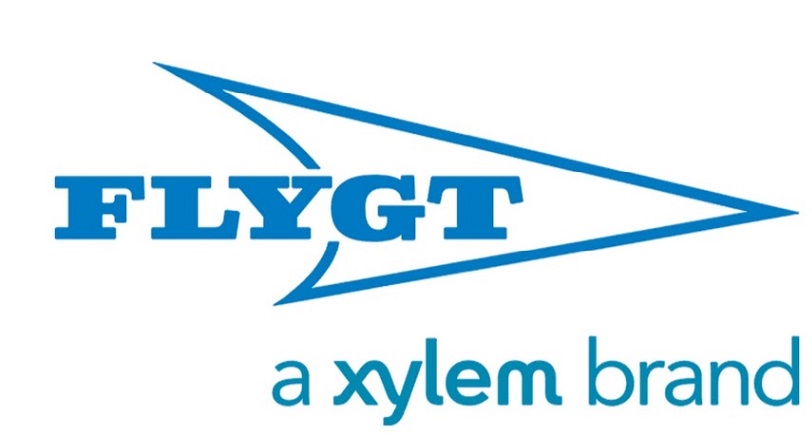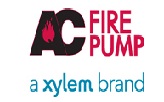Pumps
Download Our catalog
Applications
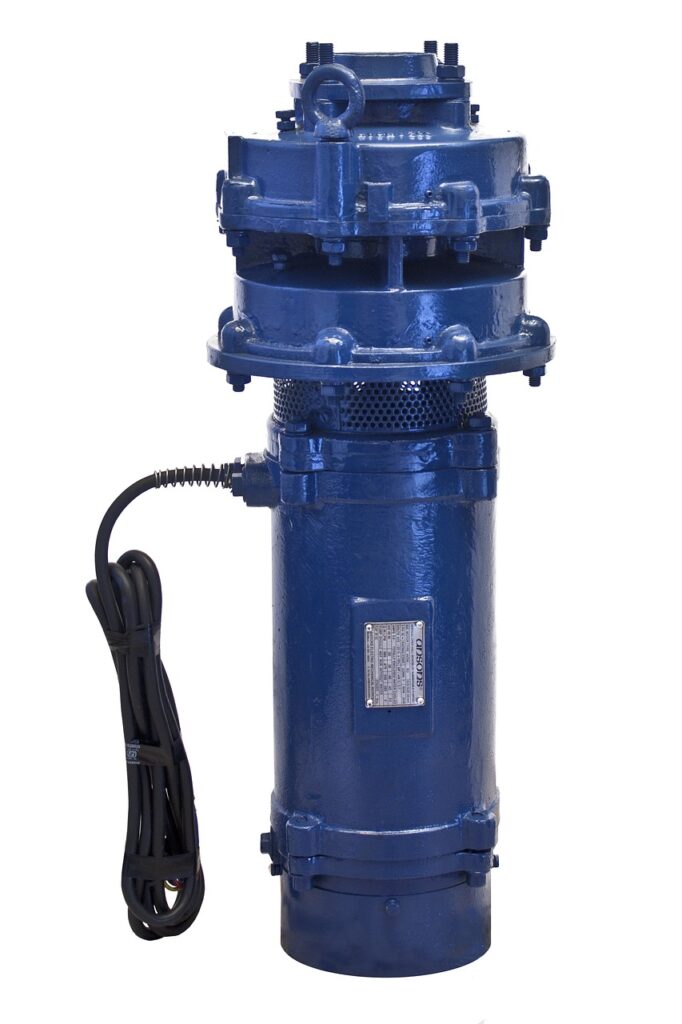
- Aquaculture
- Boiler Feed
- Borehole / Submersible
- Broadacre
- Building Services
- Car & Truck Wash
- Chemical
- Chillers & Cooling
- Dewatering
- Drainage
- Filtration
- Food and Beverage
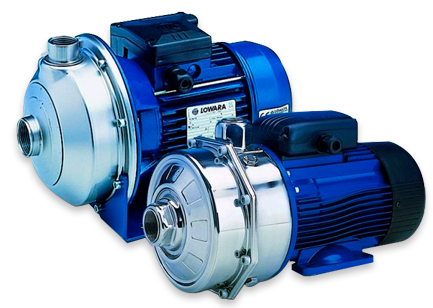
- General Industry
- Home & Garden
- Horticulture
- Hvac
- Irrigation
- Landscape, Turf, Parks, Golf Course
- Machine Tool Cooling
- Paint
- Plumbing
- Process Water
- Pulp & Paper
- Recycled Water
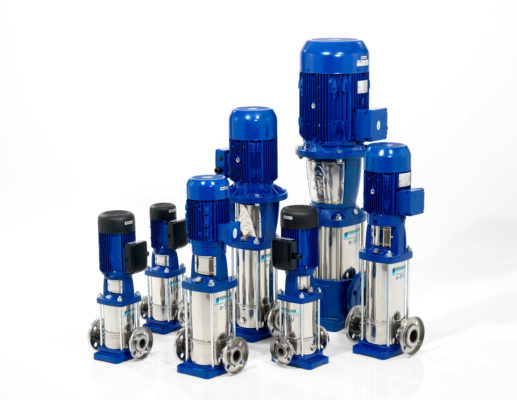
- Sewage
- Stock Water
- Storm Water
- Washdown
- Water Boosting
- Water Harvesting / Reuse
- Water Supply
- Water Transfer
- Fire fighting
Categories
Axial pumps are used for the promotion of incompressible fluids and are employed for large volume flows at relatively low delivery heads. As with all types of centrifugal pumps, the energy transmission in axial flow pumps is carried out exclusively through flow-related processes.
Temperature control using fluid circulators is an established method with accurate results suited for a broad range of applications including coatings and paints, food, emulsions, suspensions and dispersions.
The simplicity, versatility, and relatively low cost of this type of pump make them useful in many industries. They typically are used with relatively simple seals, so they are limited as to temperature and to relatively non corrosive liquids. Because the bearings are located in the motor, close couple pumps are limited in size to about 40-50 hp for most applications.
Pump controllers monitor flow and/or level variables, and control a pump accordingly to maintain the desired levels. Pump control can include simply turning a pump on and off, or more advanced controls for pump speed, output pressure, etc
Pump drivers include electric motors, steam turbines, expansion turbines, gas turbines, and internal combustion engines.
A diaphragm pump is a positive displacement pump that uses a combination of reciprocating action and either a flapper valve or a ball valve to transfer liquids. This pump is sometimes referred to as a membrane pump. Diaphragm pumps are self priming and are ideal for viscous liquids.
Drainage pumps are submersible pumps able to handle drainage of clean and dirty away from areas or sumps to be drained.
End-suction pumps can be found in virtually every industrial facility and water treatment plant in the world. In addition, they are commonly used in fire protection and HVAC systems, and as pressure-boosting pumps (booster pumps) in plumbing systems for large buildings such as big-box stores, stadiums, office buildings, and shopping malls
A grinder pump is a wastewater conveyance device. Waste from water-using household appliances (toilets, bathtubs, washing machines, etc.) flows through the home’s pipes into the grinder pump’s holding tank. Once the wastewater inside the tank reaches a specific level, the pump will turn on, grind the waste into a fine slurry, and pump it to the central sewer system or septic tank.
The inline pump is one of the most used type of pumps in many different market segments such as marine, general industry, HVAC, fish farming and firefighting systems – the best pump choice for lower viscosity (thin) liquids and high flow rates.
Multistage pumps are pumps in which the fluid flows through several impellers fitted in series.
An open impeller has vanes that are attached to a center hub and mounted directly onto a shaft. There is no wall surrounding the vanes which makes open impellers weaker than closed or semi-closed valves. Open impellers are generally faster and easier to clean and repair.
Peripheral pumps, also referred to as regenerative pumps, are centrifugal pumps whose impeller rotates in a largely concentric casing channel with an inlet and an outlet opening. As the fluid handled repeatedly circulates between the impeller and the casing channel the energy transferred to it is very high.
Pressure vessels are used in a variety of applications in both industry and the private sector. They appear in these sectors as industrial compressed air receivers and domestic hot water storage tanks.
Pressure booster pumps must provide the difference between the required system pressure and the existing pump pressure
Self-priming pumps are necessary if a pump has to be located above the level of the liquid to be pumped. A self-priming pump must be capable of evacuating air from the suction line, thereby drawing liquid into the pump. When this has been achieved, the pump can revert to its normal pumping mode.
split-case pumps are used in most industries around the world to move large quantities of fairly clean fluids—usually water—at low to medium pressures.
Pumps that are designed to be submersible are placed within the reservoir of water that needs pumping out. As such, they are often used for drainage in floods, sewerage pumping, emptying ponds or even as pond filters.
Vortex pumps (also called recessed impeller pumps) are based on the principle of creating a vortex flow with a recessed impeller that is positioned away from the path of the liquid. It creates circular churning motion around an axis that creates suction for the fluid to flow into the volute and out through discharge.
Waste water pumps transport heavily contaminated water which often contains solid particles of various organic, inorganic and mineral origin. Single-stage designs are preferable.
FSI provides both FM/UL listed and regular fire pumps. A fire pump is a part of a fire sprinkler system’s water supply and powered by electric, diesel or steam. The pump intake is either connected to the public underground water supply piping, or a static water source (e.g., tank, reservoir, lake).


